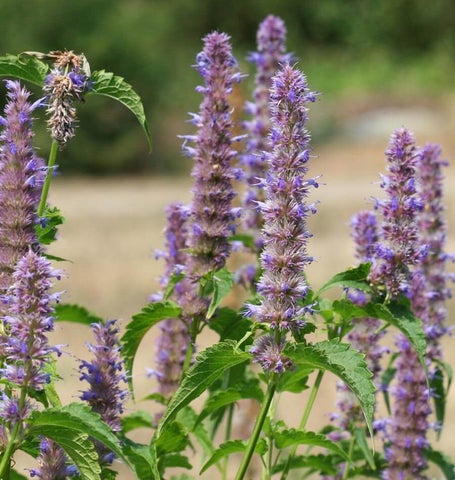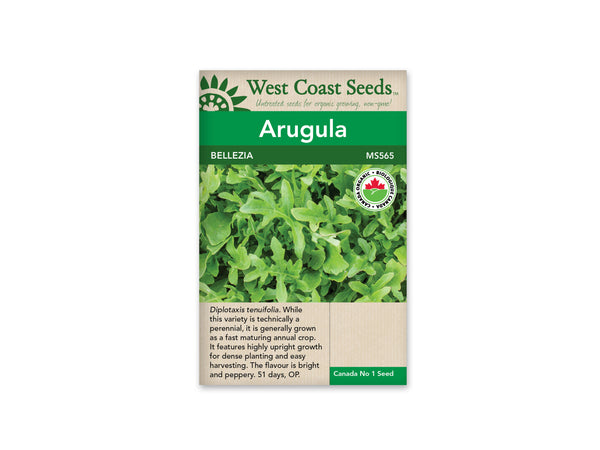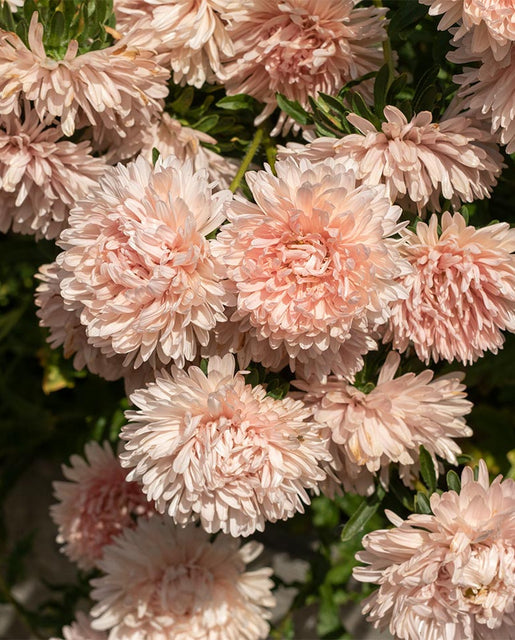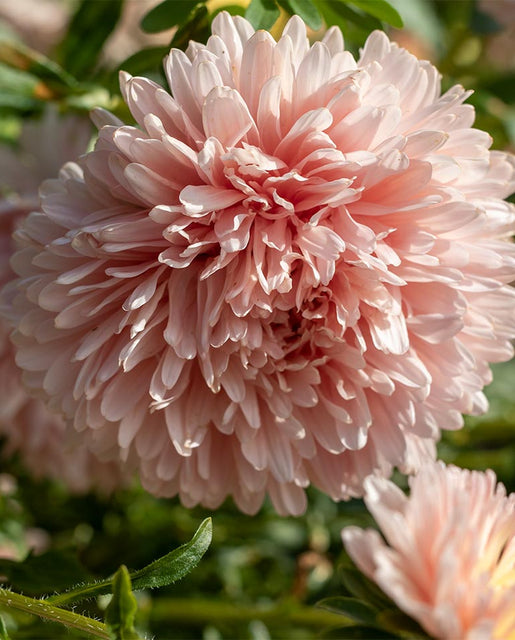Canadian Orders: Flat-Rate Shipping on Orders over $75 | Orders Over $150 Ship Free!
-
Shop
- New Arrivals
- Gardening
- Seeds
- Children + Baby
- Bath + Skin Care
- Baby Toys
- Books
- Puzzles + Games
- Loose Parts + Creative Play
- The Little Naturalist
- Play Chef
- Slings
- Apothecary
- Kids Lunches
- Accessories
- Sustainable Living
- Brushes / Brooms
- Food Storage
- Outdoors
- Coffee, Tea, Chocolate + Honey
- Coffee + Tea Accessories
- Water bottles + Travel Mugs
- Cookbooks
- Dishwashing
- Laundry
- Cleaners
- Accessories
- On The Go Essentials
- Self Care
- Face Care
- Body Care
- Hair Care
- Cosmetics
- Deodorant
- Toothpaste + Oral Care
- Sun Care
- Accessories
- Zero Waste Bathroom
- Soap
- Essential Oils
- For Men
- Books
- Apothecary + Natural Supplements
- Pet Care
- Shop Local
- Bulk
- In Store Pick Up
- Home Improvement
- Paint & Stain
- Discover
- Bulk Bar
Wildflowers — Bee Garden Sprinkle Bag
Sold Out $16.79
Bees and flowering plants evolved together millions of years ago. We could not have one without the other. Although bees face many challenges in this age of global weather change; at West Coast Seeds we believe that the simple act of sowing the seeds of plants that bees and other pollinators love to forage on is a critically important step in helping to ensure they; the whole planet; and we have a future. The Bee Garden Blend wildflower seeds are specially blended by our Certified Bee Master for use in managed landscapes such as disused laneways; verges; or along the edges of cultivated areas in residential or agricultural properties.
Feed wild and domestic bees with the Bee Garden Blend of wildflower seeds. Honeybees have been in decline in recent years due to colony collapse disorder. Meanwhile, the habitat of wild bees like bumblebees, mason bees, and leaf cutter bees is dwindling. By planting these nectar rich wildflowers, we can provide forage for these overlooked insects. West Coast Seeds believes in the need for pollinator conservation, and we’ve chosen the species in this mix for their attractiveness to a wide range of bees.
| Chinese Forget-Me-Not | Cynoglossum amabile |
| Siberian Wallflower | Cheiranthus allionii |
| California Poppy | Eschscholzia californica |
| Purple Coneflower | Echinacea purpurea |
| China Aster | Callistephus chinensis |
| Corn Poppy | Papaver rhoeas |
| Lance-Leaf Coreopsis | Coreopsis lanceolata |
| Blue Flax | Linum perenne |
| Baby Blue-Eyes | Nemophila menziesii |
| Globe Gilia | Gilia capitata |
| Indian Blanket | Gaillardia pulchella |
| Tidy Tips | Layia platyglossa |
| Plains Coreopsis | Coreopsis tinctoria |
| Sweet Alyssum | Lobularia maritima |
| Lavender Hyssop | Agastache foeniculum |
| Fleabane Daisy | Erigeron speciosus |
| New England Aster | Symphyotrichum novae-angleae |
| Bergamot | Monarda fistulosa |
Quick Facts:
- Blend of Perennials, annuals and biennials
- Attracts bees
- Suitable for containers
- Sow in spring and fall
- Full sun
Size: 5g (covers approx. 43 sq ft)
How To Grow: Unless otherwise stated, all the wildflower mixes will contain perennials, annuals, and biennials. Seeds must come into contact with the soil in order to germinate. Do not bury seeds more than 2-3 times their thickness. Continue reading below for some other tips on how to grow wildflowers from seed.
Difficulty
Easy
Season & Zone
Exposure: Full sun to partial shade
Zone: Zone 4.
Try to direct sow wildflower seeds during the period two weeks before, and eight weeks after, your last average frost date. Sowing when there is some risk of minor frost may improve germination. Wildflower seeds can also be sown in the autumn, but a certain percentage of seeds to may be lost to water, birds, and animals. To make the most of the annual species, direct sow in early spring.
Starting
Site Selection: If there are already no plants (including weeds) growing in the planting site, there may be a problem with the soil. Possible issues may be soil fertility, lack of drainage, or the need for soil amendments to improve texture. In such spots (eg, beneath a cedar tree), few plants will thrive, including wildflowers.
Site Preparation: Remove as much existing vegetation as possible through pulling or tilling under in order to minimize competition. Loosen the soil by scraping, raking, or tilling. Wildflower blends will not usually take if planted into existing lawn because the thatch prevents their contact with soil.
Seed Application: In small areas, seeds can be scattered by hand. In larger areas, you may want to employ a lawn spreader or some other mechanical means. We recommend adding 1-2 parts clean, dry sand to 1 part wildflower seeds which will help the seeds spread evenly. Do not use beach sand, as it usually contains salt. It may be wise to spread most of the seed, but to save some for filling in bald spots at a later date. Seeds must come into contact with the soil in order to germinate. Do not bury seeds more than 2-3 times their thickness.
Planting rates: Aim for a planting density of 70 seeds per square foot. 5g of seeds will cover 43ft². If seeding an area where site preparation and weeding are not possible, double this rate.
Growing
Keep the seeded area as evenly moist as possible to help the seeds germinate and the young seedlings become established. Weeds need to be kept under control. Once they are growing, most mixes will not require additional water except in long periods of hot, dry weather. All of our mixes should re-grow for several years, but will eventually benefit from re-seeding. In late summer, many of the components will produce seed heads that can be harvested and replanted the following spring.
Related Items
Agastache — Licorice Mint
Sold Out $3.49
Agastache foeniculum. With heavily licorice-scented leaves and tall spikes of edible lavender flowers, Licorice Mint has been used medicinally for generations. It also happens to...
View full product detailsArugula, Wild — Selvatica Heirloom Organic
Sold Out $3.69
CERTIFIED ORGANIC! Diplotaxis tenuifolia. While technically this variety is a perennial, growers and home gardeners will probably prefer growing it as a fast maturing annual crop. Bellezia...
View full product detailsAster — King Size Apricot
Sold Out $4.19
Callistephus chinensis. King Size Apricot China Asters are some of the most sensational cut flowers we know of. The large, pale pink flowers are showy without...
View full product detailsSign up to get the latest on sales, new releases and more…
© 2025 Sustain.
Ecommerce Software by Shopify




















